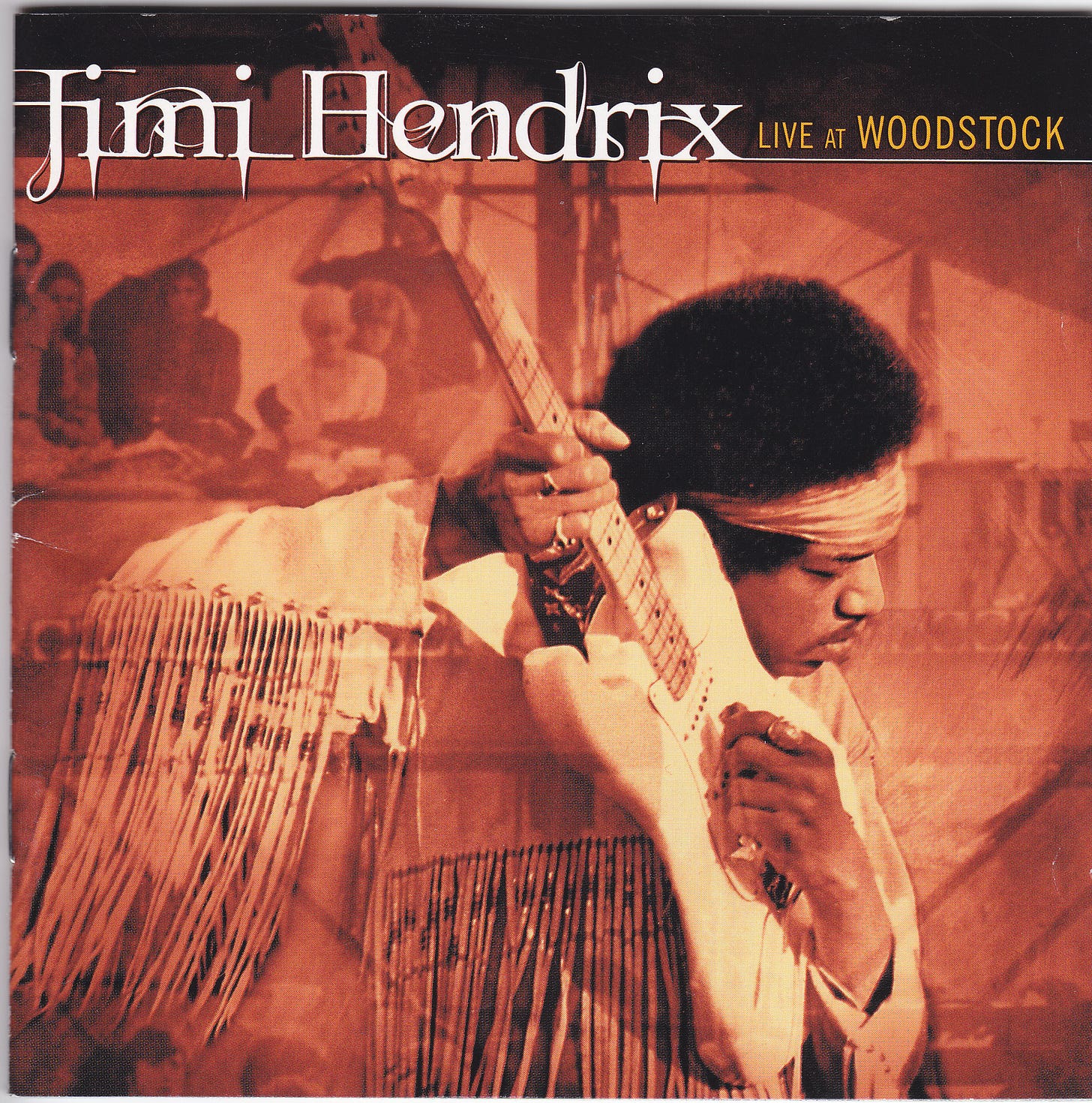This is part 2 of a three-part series. Here’s a link to part 1: “Jimi Hendrix: The Road to Woodstock.”
Ready or not, Jimi Hendrix’s band was scheduled to climax the three-day Woodstock festival on Sunday night, August 17, 1969. By Friday afternoon, it became clear that Woodstock, held on a dairy farm, was no ordinary festival. From their mansion 12 miles away, the musicians watched television reports as events unfolded. More than 800,000 fans attempted to make the pilgrimage by car to rural upstate New York, causing a 20-mile traffic jam in all directions. Many concert-goers abandoned their cars on the freeway and hiked in. Another 200,000 were turned away.
By the time the concert opened on Friday evening with Richie Havens, fans had torn down the barriers and more than 400,000 people streamed in. Over the next two days, many musicians gave defining performances, notably Joe Cocker, Country Joe & The Fish, Jefferson Airplane, Mountain, Sly & The Family Stone, Alvin Lee with Ten Years After, and The Who.
By Sunday morning, heavy rain and garbage had turned the concert field into a swampy mess. While the Shokan mansion was close to Woodstock, traveling by car was difficult, so organizers arranged for Jimi and his band to take a helicopter from a local airport. When the musicians arrived, they were told that the rainstorm had made it impossible for anyone to fly out. Crosby, Stills, Nash & Young were also stranded. Hendrix’ roadie Gerry Stickells was finally able to “borrow” someone’s truck to drive the musicians to the venue. “Stealing a pickup truck with Hendrix is one of the high points of my life,” Neil Young would later claim.
Keep reading with a 7-day free trial
Subscribe to Talking Guitar ★ Jas Obrecht's Music Magazine to keep reading this post and get 7 days of free access to the full post archives.



